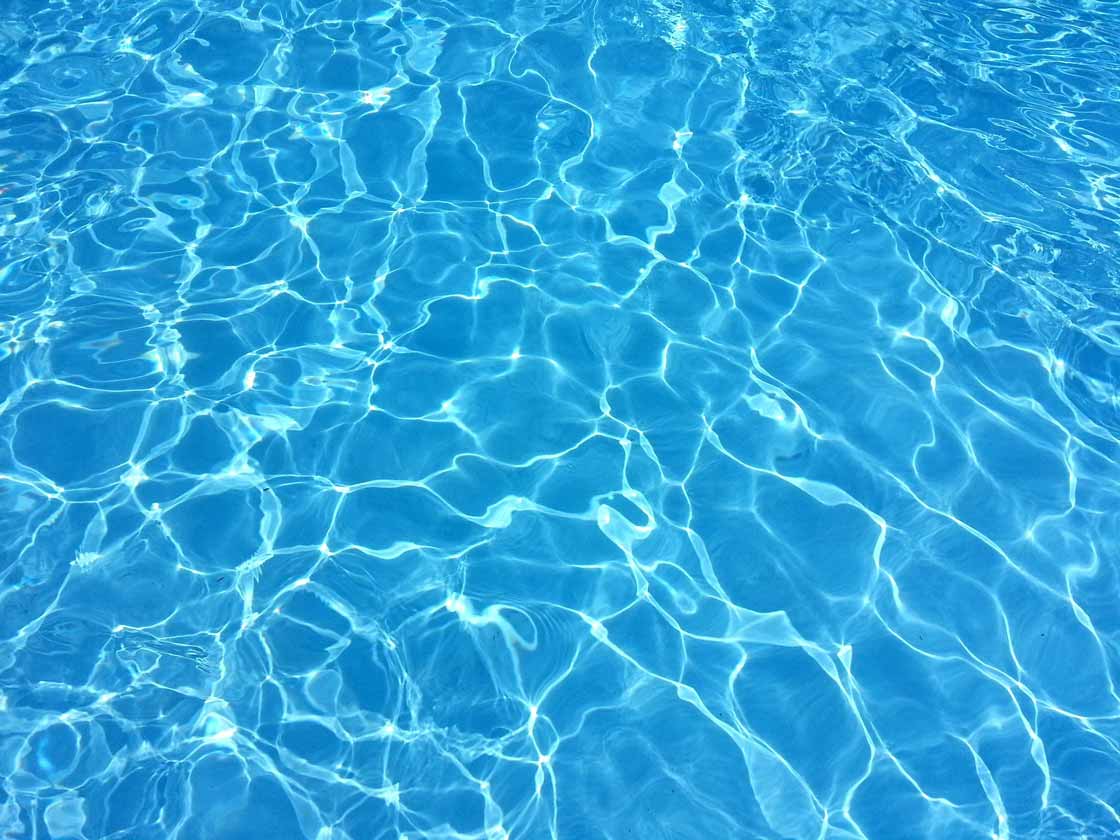Corky's Life in Captivity
In 1969 off the coast of British Columbia, a pod of orcas was attacked by humans in boats. Calves were forcibly and violently separated from their mothers—a bond that many wild orcas share for life—and sold into captivity. One of the young orcas taken that day was Corky.
This is her story.
Today, Corky is locked inside one of SeaWorld’s tiny tanks, swimming in endless circles. Her siblings and other members of her pod still swim freely in the ocean, but the only life that Corky knows is one of deprivation, suffering, and loss.
On this page, you can learn more about Corky and then join the hundreds of thousands of people calling on SeaWorld to release the long-suffering orcas it holds captive into seaside sanctuaries, where they can experience some semblance of the natural lives that they’ve been denied for so long.
It’s time for change.

Corky's Tragic Role in Orca-Breeding Programs
From 1977 to 1986, at the now-defunct Marineland of the Pacific in California, Corky was used as a breeding machine and bred with her own cousin six times. None of her babies survived past 47 days. In 1987, she was transferred to SeaWorld San Diego, where her last pregnancy ended in a miscarriage. Her dead baby was found at the bottom of a tank.
Possibly missing her own calves, Corky spent a lot of time close to a young female orca named Orkid when they shared a tank at SeaWorld. But this may have led to jealousy. Orkid’s mother, Kandu, attacked Corky. Forcefully charging Corky, Kandu broke her own jaw, severing arteries in her head. It took 45 minutes for Kandu to die as her calf watched.
From the minute she was taken from the ocean, Corky’s life has been full of confusion, pain, and death. Had any of her own calves survived, it’s likely they would have been taken from her anyhow—shipped elsewhere to sell tickets and breed more orcas.

Bringing Corky Home

Urge SeaWorld to Send Corky to a Seaside Sanctuary
Although SeaWorld ended its orca-breeding program, this does nothing to help animals like Corky who will continue to swim in circles inside tiny tanks for decades until they die. The company must empty its tanks and release these long-suffering animals into seaside sanctuaries, where they can have some semblance of a natural life.
The only thing that people learn from visiting a SeaWorld theme park is how miserable life is for the animals confined there. Marine parks teach all the wrong lessons: that it’s acceptable to imprison animals, to deprive them of freedom of movement and choice, to forbid them the chance to establish their natural territory and explore, to breed and separate them at will, and to watch them go insane from loneliness and frustration.